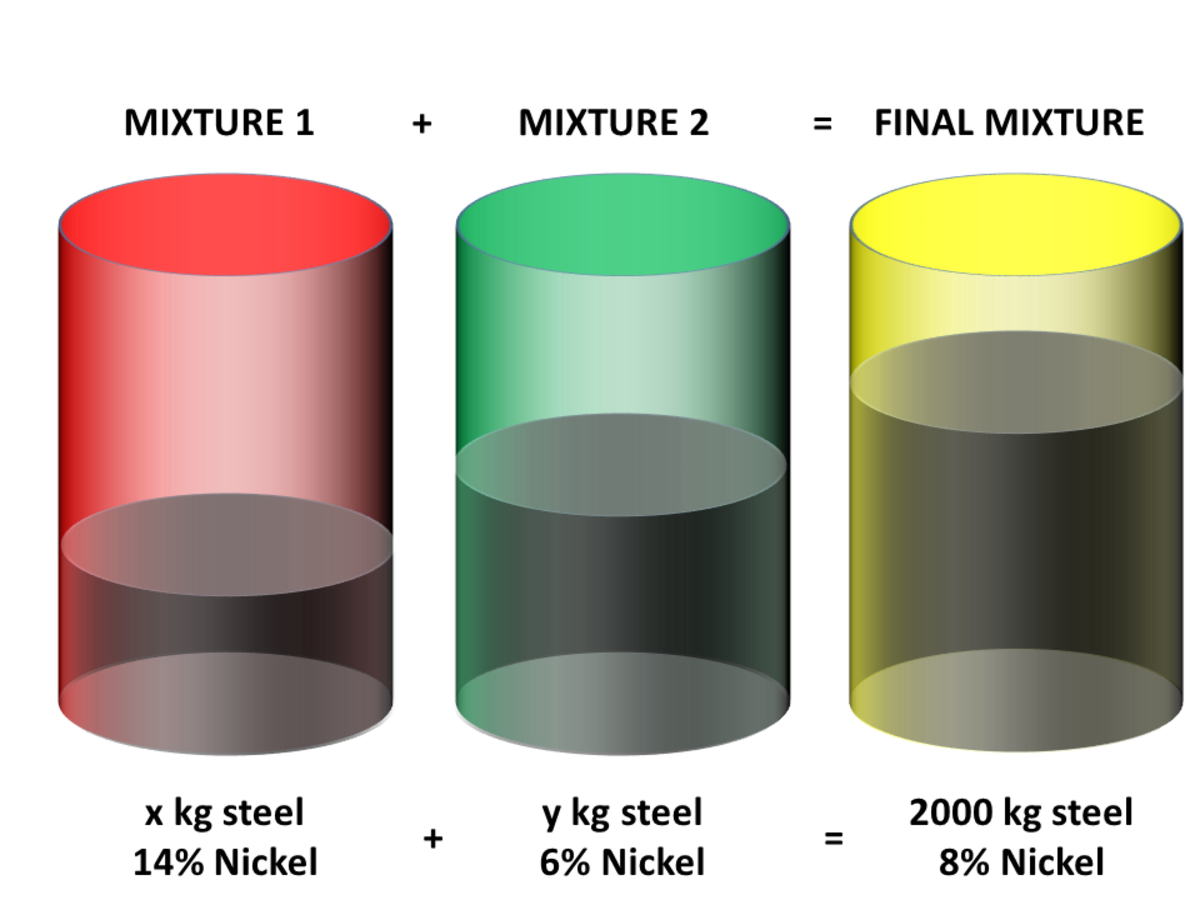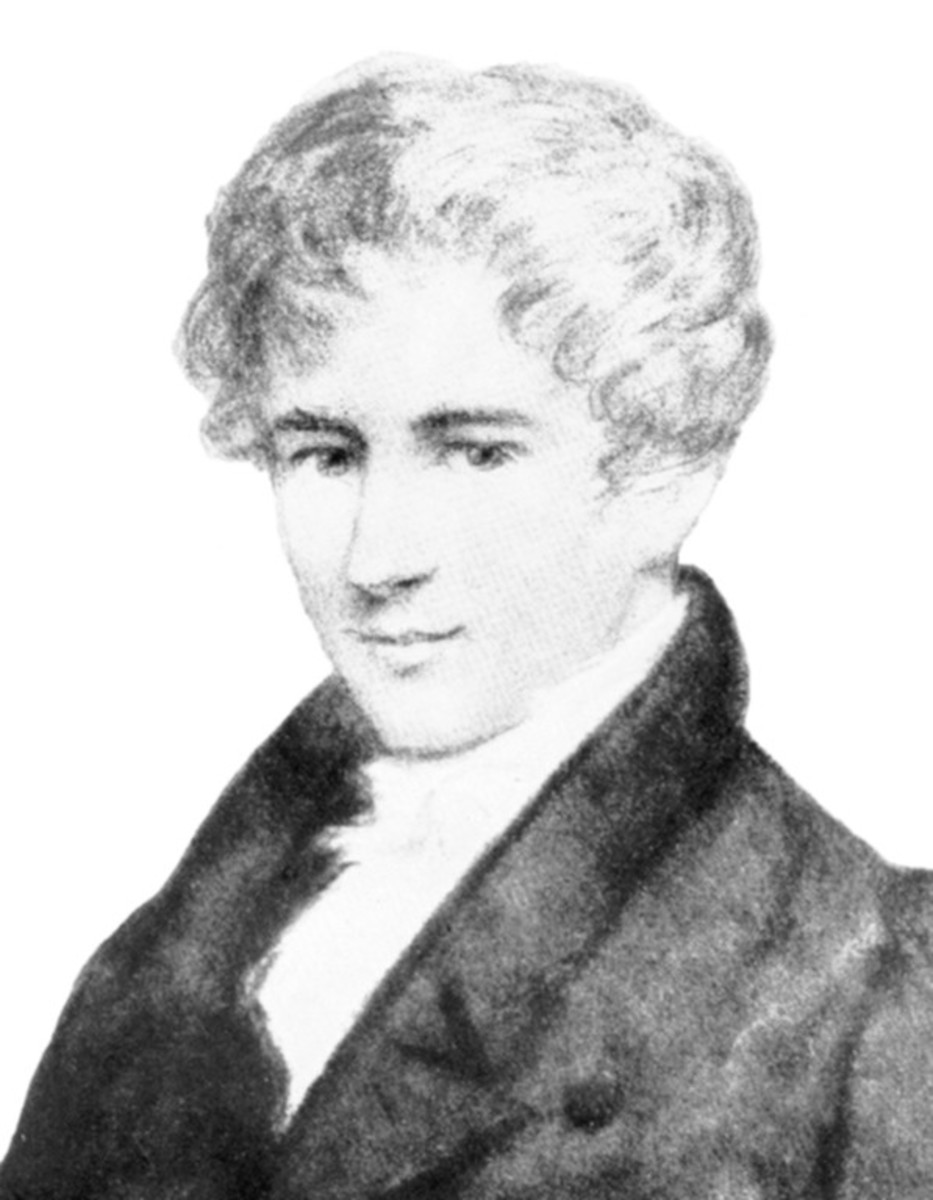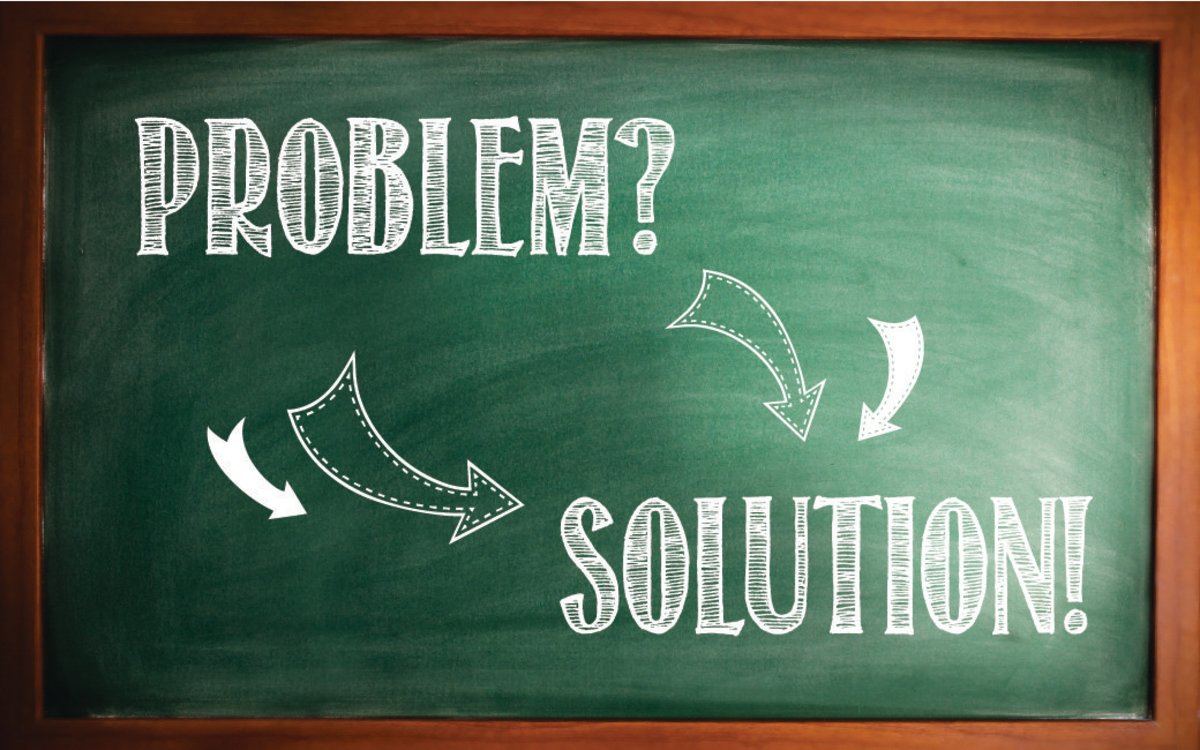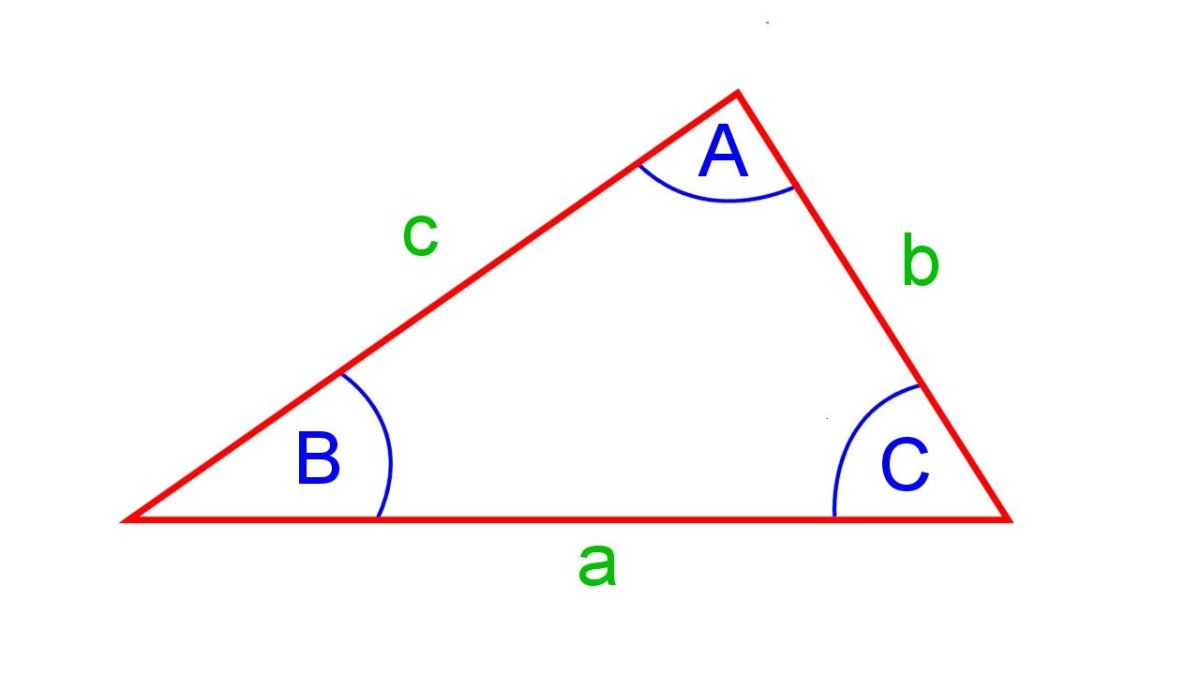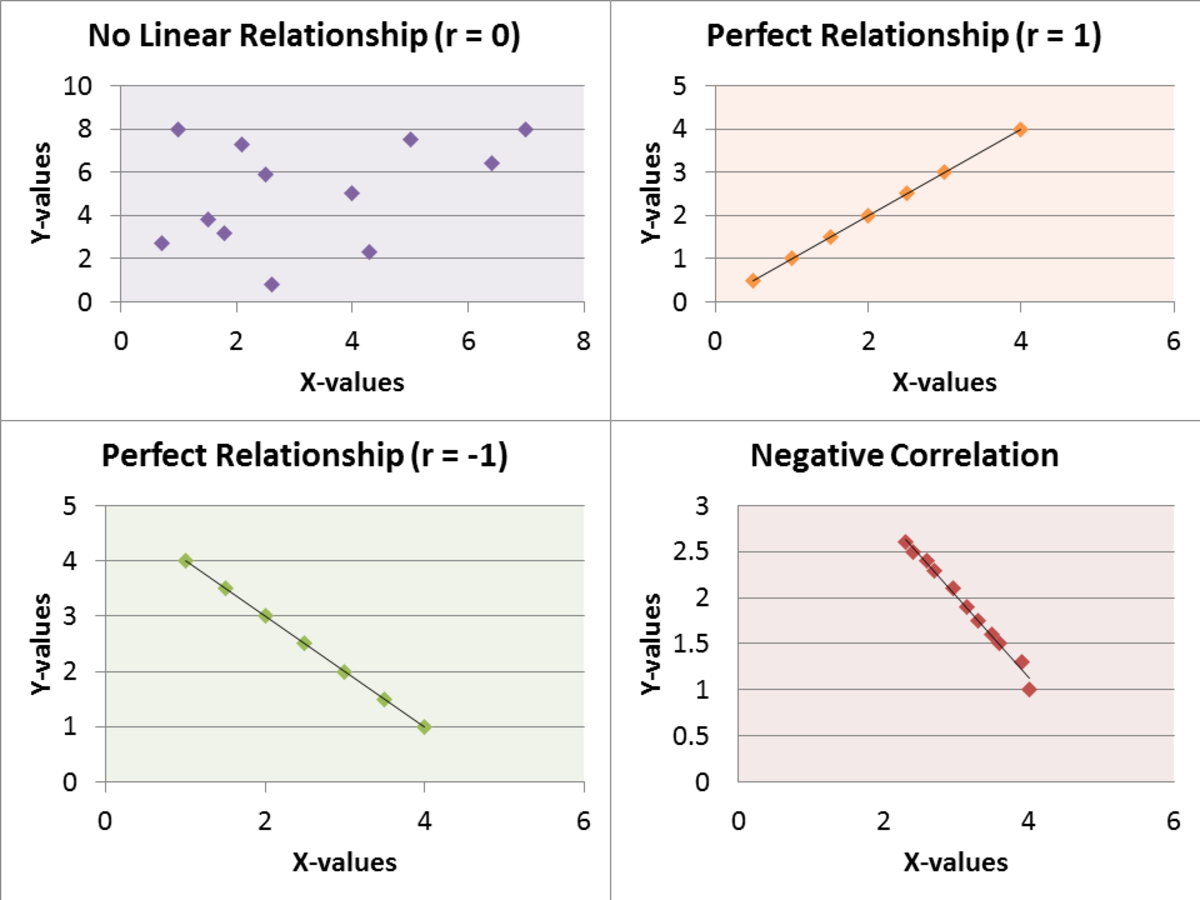Some Interesting Math Problems
SOME INTERESTING MATH PROBLEMS
I am searching through my files finding some good Mathematics materials when I come across these Math Excercises. I choose some interesting problems that are of some topics in Algebra and Probability. I present here the problems with their solutions.
Problem Number One :
An apple, an orange, a banana and a pear are laid out in a straight line . The orange is not at either end and is somewhere to the right of the banana. In how many ways can the fruit be laid out ?
Solution :
The orange (O) must be on the second or third place from the left. The banana (B) must be somewhere to the left of the orange. Hence the placement of the banana and the orange may take any of three forms namely BO_ _ , B_O_, or _ BO_. In each case two ways remain to fill in the open positions with an apple (A) and a pear (P). The total number of ways equals 3*2 or 6. The ways can be listed as follows:
BOAP BPOA PBOA BOPA BAOP ABOP
Problem Number Two :
Near the end of a party , everyone shakes hands with everybody else. A straggler arrives and shakes hands with only those people whom the straggler knows . Altogether sixty-eight handshakes occurred. How many other people at the party did the straggler know ?
Solution :
If all n people at a party shake hands with all others present then n (n- 1)/2 handshakes will take place altogether . Hence, the number of handshakes before the straggler’s arrival must have been sixty-six because that is the largest plausible value less than sixty-eigh . The straggler must have known two other people at the party. Constructing a table of possible values of n(n-1/2 clarifies that sixty-six is the only plausible number.
N n(n-1)/2
7 21
8 28
9 36
10 45
11 55
12 66
13 78
Problem Number Three :
Note that 1647/8235 = 1/5, start with 1647/8235, and delete one digit from both the numerator and the denominator to create an equivalent fraction. Then delete another pair to create another equivalent fraction.
Solution :
The successive equivalent fractions are 167/835 and 17/85 . The author Barry R. Clarke notes that this fraction is the only “sequential digital deletion fraction” with four digits in both the numerator and denominator that includes eight different digits.
Problem Number Four :
The supplement of an angle is 78 degrees less than twice the supplement of the complement of the angle . Find the measure of the angle,
Solution :
Let A = be the measure in degrees of the angle.
180 – A = be the supplement of this angle.
90 - A = be the complement of the angle .
Working equation :
(180 - A ) + 78 = 2 ( 180 - (90 – A) )
258 - A = 2 (90 + A )
258 - A = 180 + 2A
78 = 3A
A = 26



